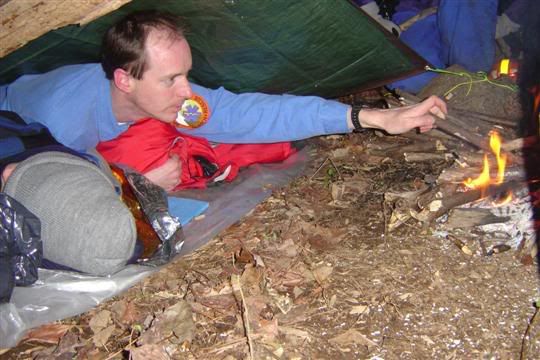Scott Brady
Founder
Despite its risks, some of us do travel alone or in politicaly / geologicaly dangerous regions. Having experienced a few (really) bad things, which fortunately did not happen to me, but a fellow traveler, I am reviewing the concept of a Survival Sack.

I really can't take credit for the idea, as it was something I learned (as a more detailed concept) from Bill Burke (he calls it a bug out bag).
I want to take the concept a little further and discuss the most appropriate bag, contents and methods of storage.
The Bag: I am of the opinion that the Sack should be a waterproof backpack of HD construction. I have a few bags, one from The North Face and the other from Seattle Sports
I think the backpack feature is pretty critical, should you have to hike for an extended distance.
The Contents:
1. Shelter
2. Food
3. Water
4. Communications
5. Warmth
6. Emergency Care
7. Navigation
8. Basic Survival Equipment
9. Signaling
10. Critical Documents
The Storage:
Must be within easy reach of the driver and passenger. If you break through the ice, or get pulled down stream, etc. it must be a quick grab.
I am curious for the feedback of more qualified member of this forum to what the contents should be. I also think the contents should vary slightly depending on the conditions of the trip (I.E. Cold= Less water, more shelter)
I think we should all consider having one of these available.

I really can't take credit for the idea, as it was something I learned (as a more detailed concept) from Bill Burke (he calls it a bug out bag).
I want to take the concept a little further and discuss the most appropriate bag, contents and methods of storage.
The Bag: I am of the opinion that the Sack should be a waterproof backpack of HD construction. I have a few bags, one from The North Face and the other from Seattle Sports
I think the backpack feature is pretty critical, should you have to hike for an extended distance.
The Contents:
1. Shelter
2. Food
3. Water
4. Communications
5. Warmth
6. Emergency Care
7. Navigation
8. Basic Survival Equipment
9. Signaling
10. Critical Documents
The Storage:
Must be within easy reach of the driver and passenger. If you break through the ice, or get pulled down stream, etc. it must be a quick grab.
I am curious for the feedback of more qualified member of this forum to what the contents should be. I also think the contents should vary slightly depending on the conditions of the trip (I.E. Cold= Less water, more shelter)
I think we should all consider having one of these available.


